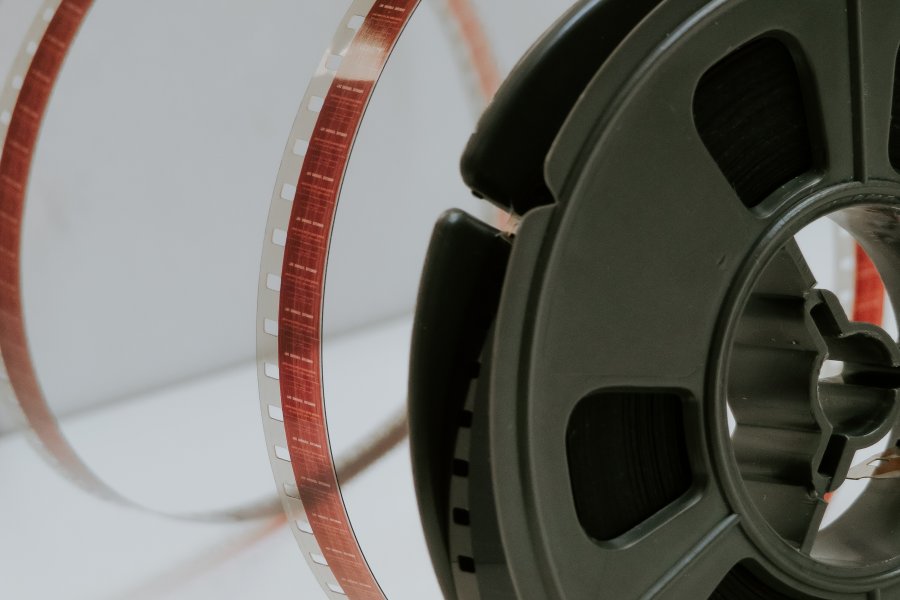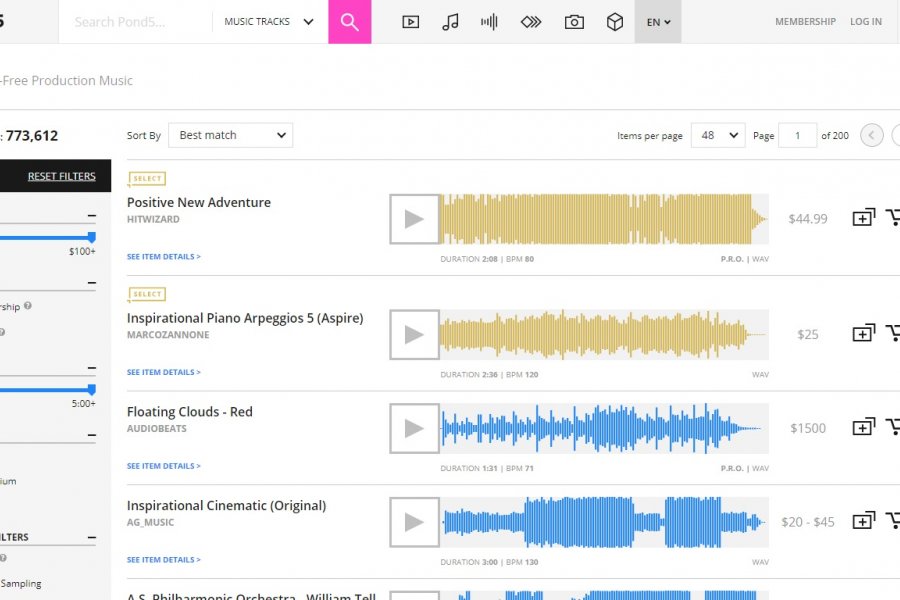4 tips for travelling with your instrument
Who doesn't like traveling? New places, people, food, cultures, and music. Be it because of a work, a tour with a band or just for pleasure, life opens up a multitude of possibilities when we step out of the comfort of home. And what better way for us musicians to experience this than with our musical instrument? From letting us keep our musical skills in good shape by practicing to allowing us to join social musical events like jam sessions or even busking, traveling with an instrument can make the experience even better.
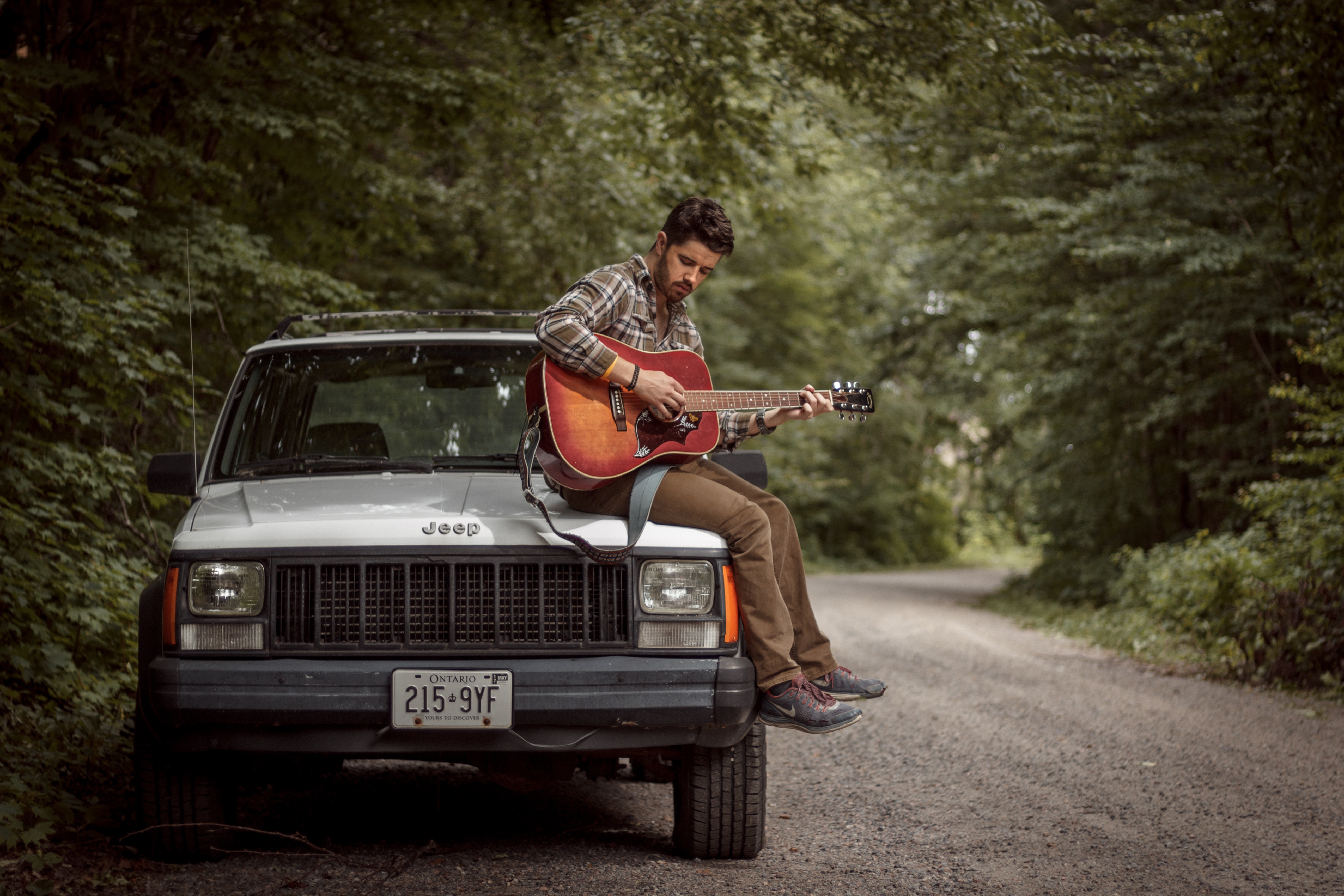
However, there are few things to take into account to make sure our instrument survives the adventure without complications. Here are four tips that will help you explore the world with your best traveling companion.
If you are taking a valuable instrument with you, make sure you have a good case.
Along with treating your instrument properly, having a good instrument case is what is going to make a difference between your instrument surviving the adventure without a scratch and a total disaster. Cases can vary a lot in size, weight and how protective they are. Ideally, you should choose your instrument case according to the way you travel: you won't need the same amount of protection if you travel by car or train as if you travel by plane (see below). More protection sometimes means more weight and bulkiness, so don't go too far and get something that is going to be a burden to travel with.
In general, we can separate guitar and similar-sized instrument cases into three types: soft, hard, and flight cases.
- Soft cases (gig bags) are not recommended for planes since they are essentially a gamble: you’ll be more likely to fit them in as a carry-on, which is good, but if you are forced to check them it can mean death to your instrument. On the other hand, if you are traveling by car or train, these might be more convenient since they are lighter, easier to carry and fit in smaller spaces.
- Hard cases come in a variety of shapes and sizes. For flying, the best shapes for guitar are those that fit to the shape of the instrument, rather than a square. Why? because they fit easier in overhead bins. Get a sturdy molded shape case and you’ll be OK even if you are forced to check it.
- If you know you will have to check it on a flight, you might as well get a heavy duty flight case. You can rest easy knowing these sturdy (and usually more expensive) metal cases will protect your baby.
.jpg?1518096613955)
If you travel by plane, make sure to check the conditions of the airline.
Airline rules regarding musical instruments can vary a lot from company to company. Some of them let you bring the instrument to the cabin by paying an extra fee or even by buying an extra seat next to you just for your instrument. Expect to see some puzzled expressions when the other passengers see you fastening the seatbelt of your instrument like it’s your baby!
The worst-case scenario when traveling by plane with an instrument is having to leave it in the hold of the plane: there are enough stories about broken instruments out there to make you think twice about it. If it is the only possibility, make sure to have a really good flight case for it, and make sure it doesn't have any free space inside for instrument to bounce around in (tip: fill those empty spaces with clothes!). If your instrument has strings, it can be a good idea to detune them slightly to avoid an extreme tension due to the pressure and temperature changes in the plane hold during the flight. And remember that your instrument can be exposed to extremes of heat or cold during a trip under the plane or through the baggage handling. If it does, wait at least 48 hours before opening the case in order to let the instrument adapt to its environment. You don’t want to see your vintage guitar’s finish start cracking, do you?
Here's a helpful list of airlines and the policies towards instruments: https://www.fim-musicians.org/airlines-list#
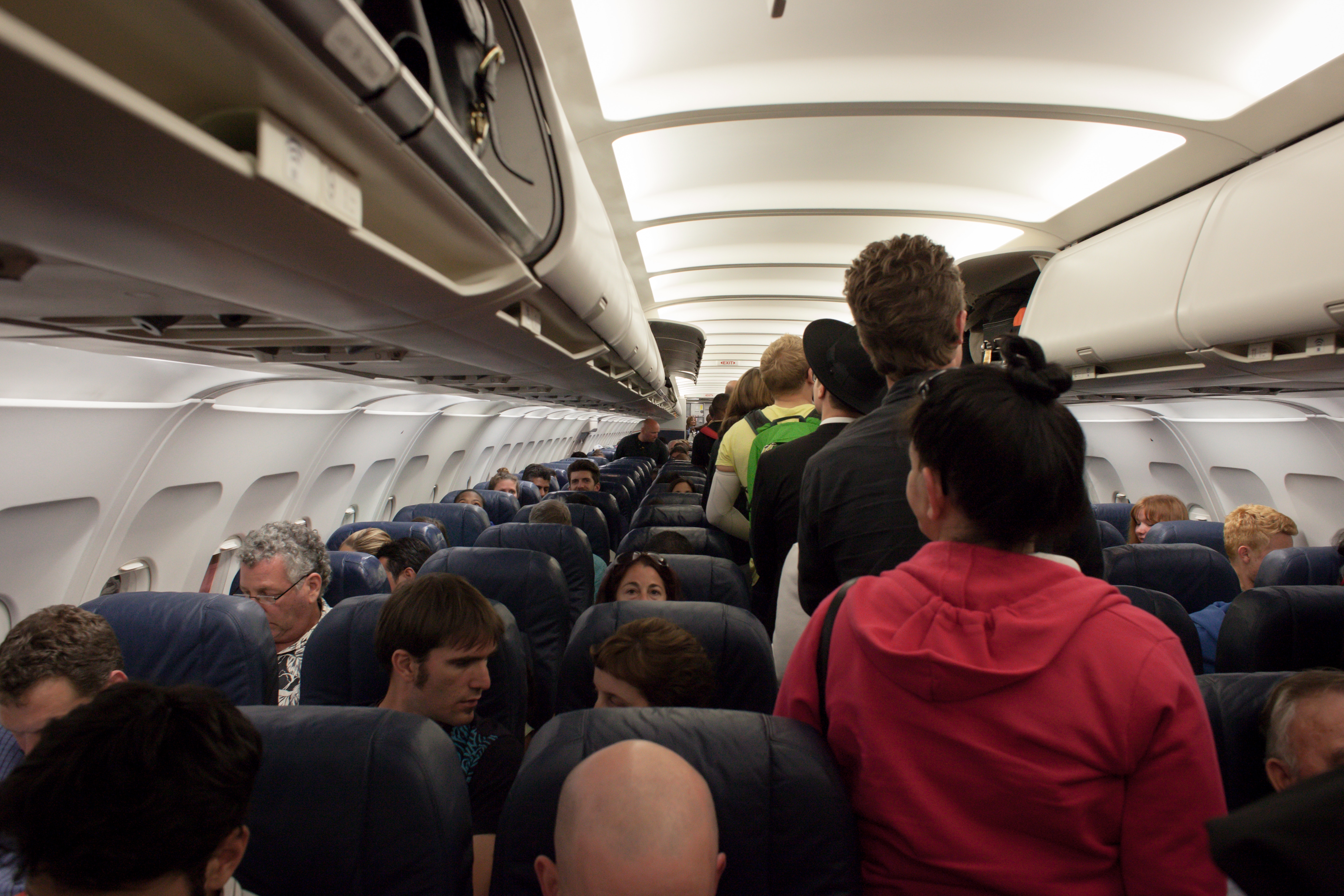
If you are not sure about it, buy a "disposable" instrument you don't care that much about.
If the possibility of your beloved and expensive instrument getting lost or broken is holding you back, think about the possibility of buying an instrument just for traveling. This way you will be less worried and more relaxed while traveling, thus enjoying more the experience as a whole. Finding a second-hand instrument can be a big money saver here, and since it will be meant to experience the ups and downs of traveling it doesn't matter that much if the instrument is in perfect condition. Don’t buy a cheap new guitar from China - you can find many second-hand opportunities in our marketplace.
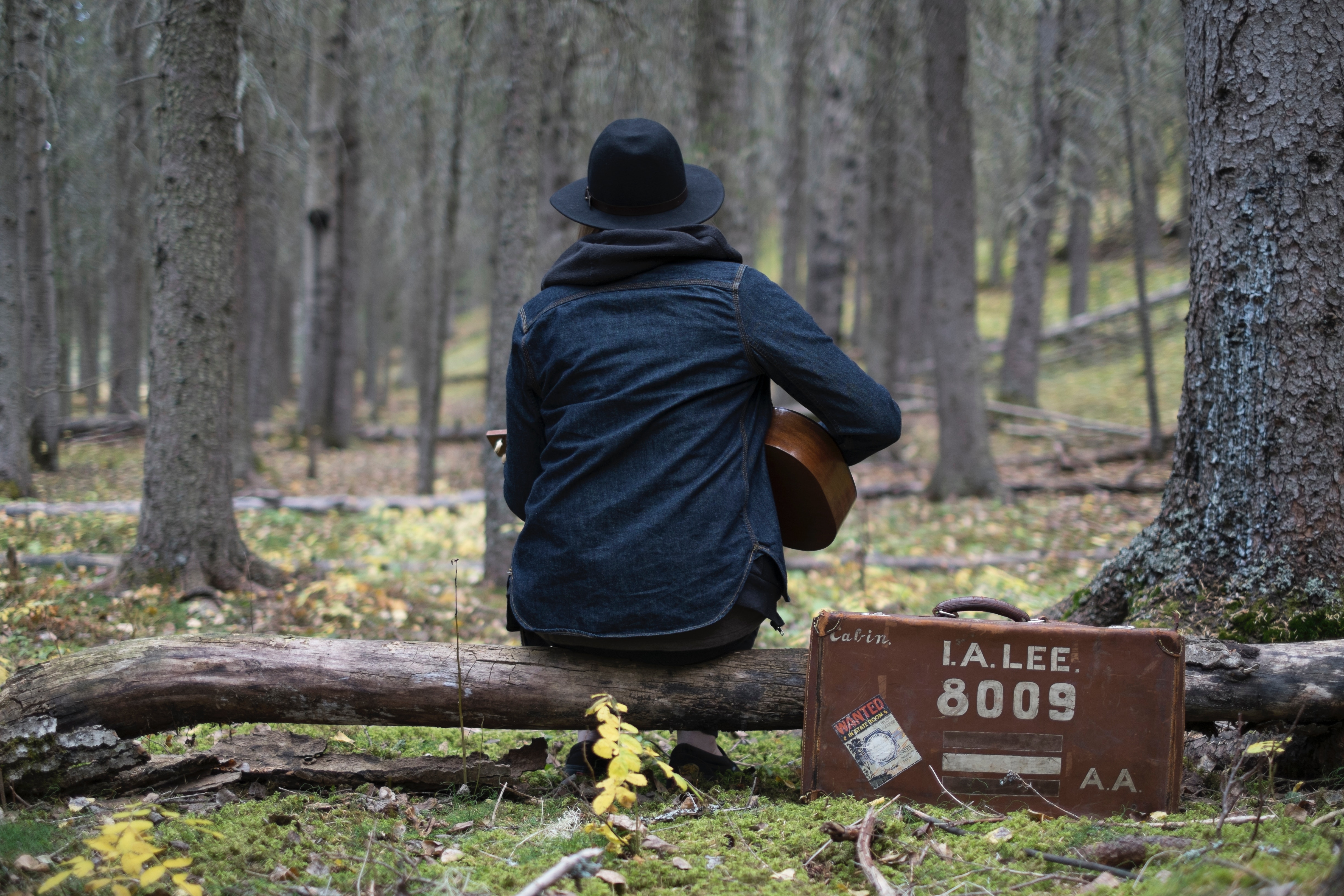
Consider buying a smaller version of your instrument
If you think that traveling with an instrument is a crazy dream for big instrument players, like piano players, think twice. Many traditional instruments have a somehow smaller and portable version: guitar players can travel with small-bodied guitars or ukuleles (or even guitaleles!), drum players with bongos, and yes, piano players with melodicas (a mixture of piano and harmonica). Sure, they don't look or sound like their big brothers, but here we are aiming for portability rather than sound. And hey, they are way cheaper!
For guitar players, there are also travel guitars, in both acoustic and electric versions, which not only fit in your bag easier but also make less noise – making you less likely to get kicked out of your hostel in Thailand for driving everyone else crazy! If you want to be serious about practice, you need to stick with a full-scale guitar. Check out Traveler Guitars’ space-saving designs.
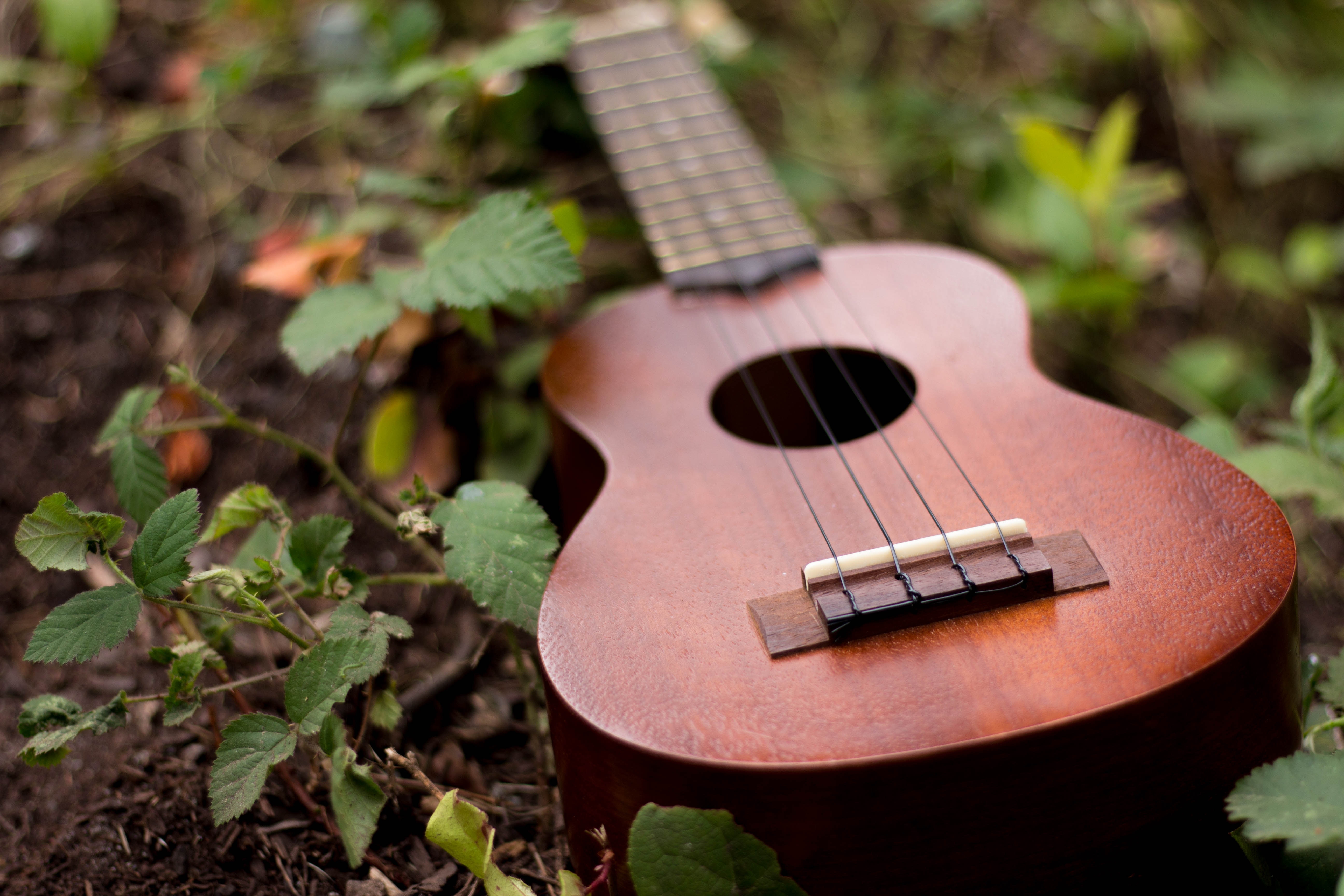
Don't let the uncertainties of a trip keep you away from the thing you love the most. Travel with your musical instrument!

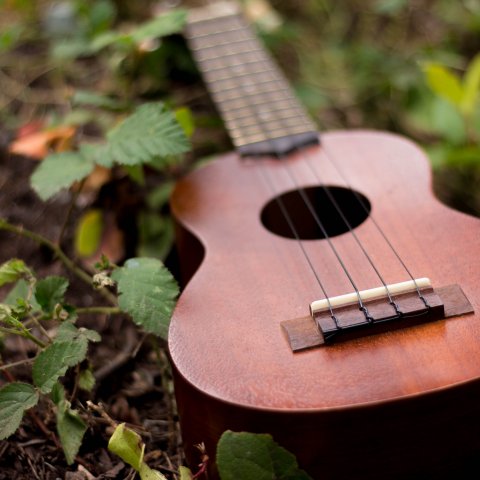

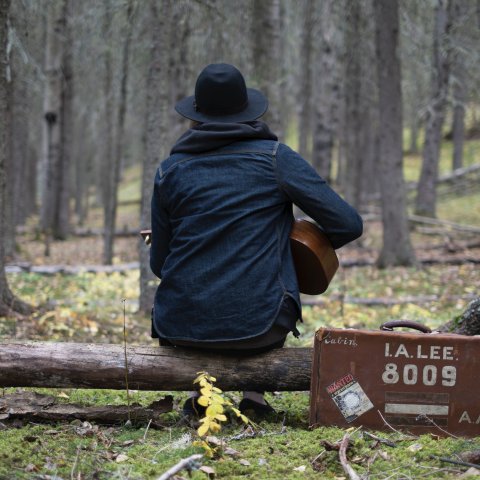

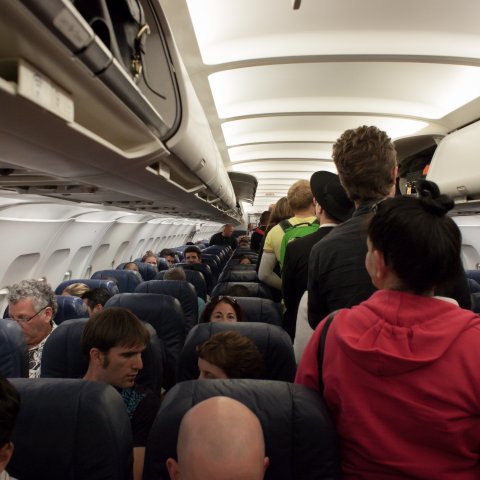

 Other blog items you might be interested in...
Other blog items you might be interested in...
